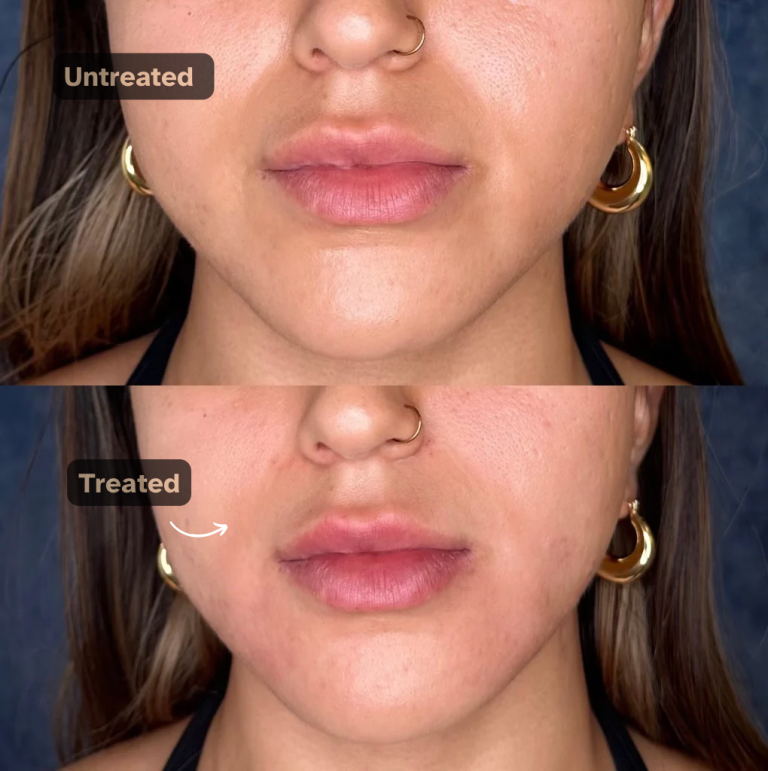
Essential Guide to Allow Pop-Ups on iPhone for 2025 Users
In the modern digital landscape, pop-ups are an integral part of web browsing, providing essential features such as notifications, alerts, and promotions. However, many iPhone users find themselves facing challenges in accessing these pop-ups due to default settings aimed at enhancing user privacy and security. Understanding how to allow pop ups on iPhone can significantly improve your browsing experience, making it smoother and more efficient.
This guide will walk you through the simple steps to enable pop ups on iPhone effectively. Whether you’re utilizing Safari or another browser, learning to manage these pop-up settings is crucial. Get ready to uncover various methods to tackle issues like iPhone pop up not working and how to access pop-up permissions to enhance your online interactions.
Let’s dive into the article to explore pop-up settings, troubleshooting tips, and best practices for managing pop-up windows on your iPhone, whether it’s to enhance your communication, improve website engagement, or receive necessary alerts.
Key Takeaways: 1. How to manage pop-ups effectively on iPhone. 2. Importance of maximizing your browsing experience through pop-up settings. 3. Troubleshooting common pop-up issues for iPhone users.
How to Access Pop-Up Settings on iPhone
Accessing your iPhone’s pop up settings is the first step in enabling them for your browsing experience. Pop-ups can be blocked based on the browser settings you have configured. Here’s a comprehensive approach to adjusting these settings.
Navigating to Safari Pop-Up Settings
To start, open the Settings app on your iPhone. Scroll down and select Safari, where you’ll find various options to customize your browsing experience. Within the Safari settings, look for the Block Pop-ups option. If it’s toggled on, simply switch it off to allow Safari pop-ups. This straightforward step enables you to see alerts, notifications, and other important pop-up content while navigating websites.
Browser-Specific Settings for Other Applications
If you are using other browsers like Chrome or Firefox, you need to delve into their settings as well. Each of these apps has its own configuration for pop-ups. For instance, in Chrome, you can find the pop-up blocker settings under the Privacy section. Ensure that the notifications are allowed for a seamless browsing experience across different platforms.
Adjusting Permissions for Individual Websites
For finer control, consider allowing site-specific pop ups iPhone. In Safari, while visiting a particular website, you can choose to accept pop-ups from that site only. Under Settings > Safari, there's an option for Manage Website Data, allowing you to customize what each site can and cannot do.
Troubleshooting iPhone Pop-Ups
Even after enabling pop-ups, you may still encounter issues where they do not appear as expected. Understanding troubleshooting techniques is key to ensuring successful navigation.
Common Pop-Up Issues and Fixes
If pop-ups are still not appearing despite enabling them, check the iPhone privacy settings for further restrictions. These settings may prevent certain pop-ups from appearing based on your privacy preferences.
Pop-Up Blocker Settings in Safari
Review the pop up blocker settings iPhone to ensure they are correctly set up. Occasionally, third-party apps might also influence how pop-ups are displayed. Consider checking permissions, particularly for apps that integrate closely with Safari.
Resetting Safari Settings
As a last resort, resetting the Safari settings can often resolve lingering issues. Go to Settings > Safari, and scroll down to the bottom to find the Reset Safari option. This action will restore Safari to its default settings but will clear out your browsing history and website data.
Enhancing Your Browsing Experience with Pop-Ups
Successfully managing pop-ups can enrich your browsing interactions. Engaging with features like chat notifications and promotional alerts can keep you informed and connected to services that matter to you.
Customization Options for Pop-Ups
Adjusting settings for both global and site-specific pop-ups offers a tailored browsing experience. This customization can help prioritize sites that you trust while still allowing essential notifications from elsewhere.
Optimizing Mobile Browser Options
Beyond pop-ups, understanding your overall iPhone internet settings enhances usability in general. Users should explore various settings available within Safari like Privacy & Security and Website Settings which govern more than just pop-ups.
Comparing Browsers for Pop-Up Management
Each browser has unique features regarding pop-up management, and comparing them can lead to a better, more personalized browsing experience. Evaluate whether Safari or another browser meets your needs more effectively regarding pop-ups and user interaction features.
Q&A Section for iPhone Pop-Ups
Why are pop-ups blocked by default?
Pop-ups are generally blocked to enhance user privacy and prevent intrusive ads that can disrupt the browsing experience. Users can disable these settings to have better communication with sites and apps.
How to enable ads on iPhone that use pop-ups?
To view ads that use pop-ups, you will need to adjust your browser permissions accordingly, allowing pop-ups specifically for sites that you trust.
What if pop-up notifications don’t work even after enabling them?
If notifications still don’t appear, consider checking your iPhone’s notification settings for the specific apps. Sometimes, the settings there may conflict with your browser settings.

